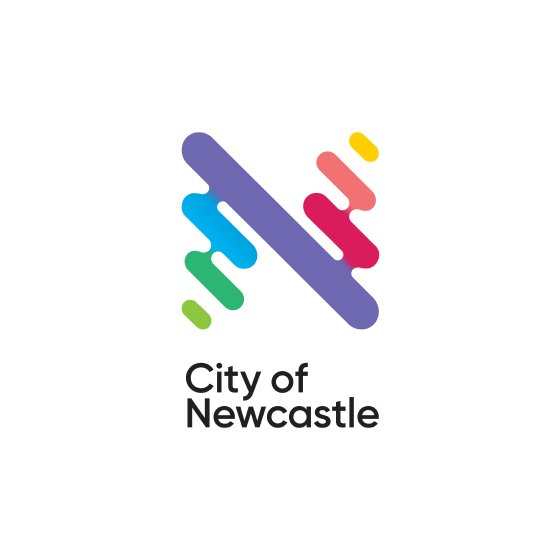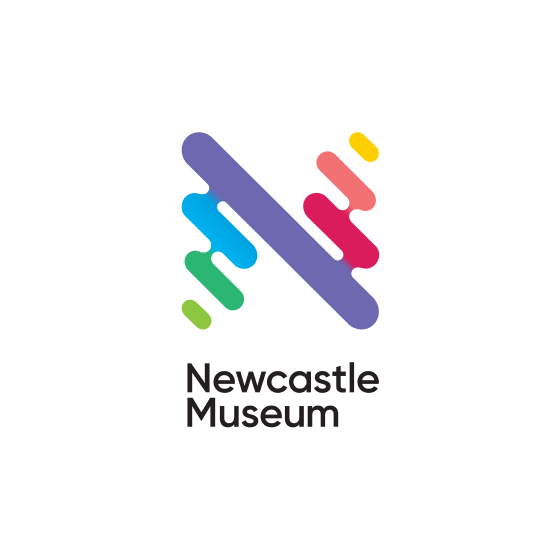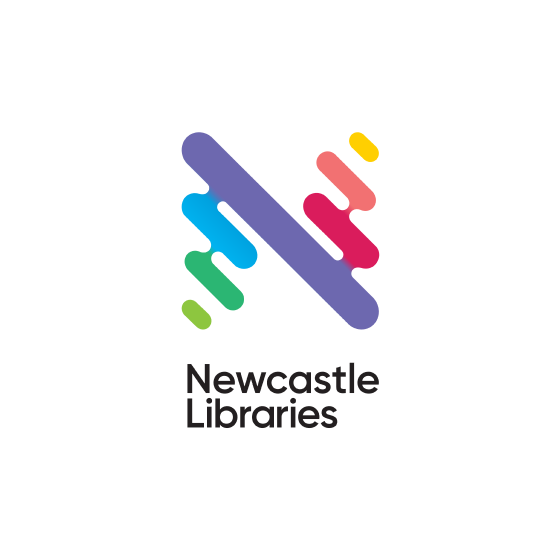Sweet Vibrations
With a laser trombone and a Polar Bear song, this show gets young toes tapping and brains drumming about the science of sound.
Age: Primary: Yrs K-2
Program Length: 30-40 minutes
Audience: Up to 2 classes per show (approx 60 students)
Program overview
Students will:
- Explore how big objects make low sounds and small objects make high sounds
- See how lots of energy makes loud sounds, and little energy makes soft sounds
- Explore sound as a wave
- Learn how sound needs matter to travel through
- Explore how to make sound in different ways: hitting things, rubbing things, blowing things
- Bring sounds together to make music – telling stories, singing songs
- Develop their scientific skills of Enquiry, Prediction, Observation, Explanation.
Location requirements
- Stage requirements: 3m x 3m
Curriculum links
Formal ACS substrands
Physical sciences
Links with Overarching Ideas
- Scale and measurement – introduction to concepts of higher/lower and louder/softer
- Pattern order and organisation – different sounds can be made by vibrations, whistles, rubbing, plucking and hitting
- Matter and energy – some materials can make sound, sound travels as a wave.
Australian Curriculum Links
- Light and sound are produced by a range of sources and can be sensed (ACSSU020)
- Objects are made of materials that have observable properties (ACSSU003)
- Everyday materials can be physically changed in a variety of ways (ACSSU018)
- Science involves asking questions about, and describing changes in, objects and events (ACSHE021)
- Natural and processed materials have a range of physical properties; These properties can influence their use (ACSSU074)
- Science involves making predictions and describing patterns and relationships (ACSHE061)
NSW Curriculum Links
STE-1VA, ST1-1VA, Ste-4WS, ST1-4WS, STe-5WT,STe-6NE, ST1-7PW, STe-9ME, ST1-12MW,ST1-13MW, STe-10ME
Extensions
There are lots of musical things you can do at home, in the classroom or at the Newcastle Museum!
In class and at home
- Make your own rainmaker
- Make rice dance on a speaker
- Explore the science of music
- See oobleck monsters dance to music
Sweet Vibrations at Newcastle Museum
Newcastle Museum is full of musical things and happenings! Some of them include:
- The massive Merewether Organ built in the 1800s on permanent display.
- A WWI bugle used at Gallipoli and throughout the Western Front by an ANZAC soldier.
- Check out the history of Silverchair, The Screaming Jets and other famous Newcastle musicians.
Did you know?
- The speed of sound is 340 metres per second? After you see lightening – for every second that passes before hearing the thunder, means the lightening happened 340m further away. As a rough rule – it’s 1 kilometre for every three seconds!
- There is no sound in space!
- Whales in the ocean 'sing' to each other, and the sound can travel more than 1000 kms!











